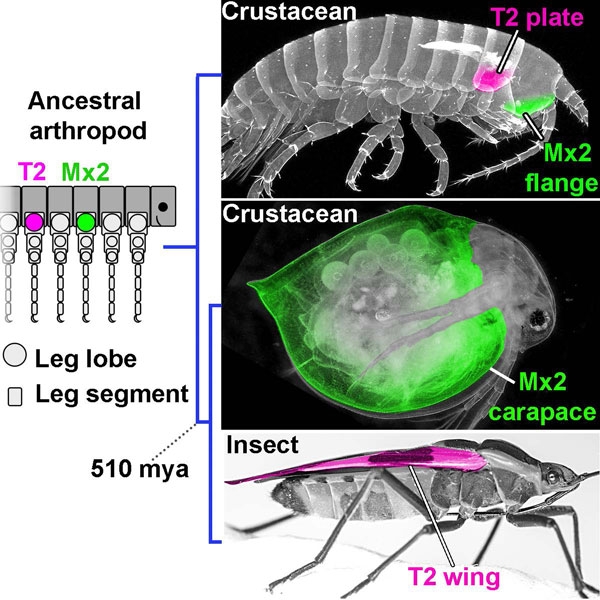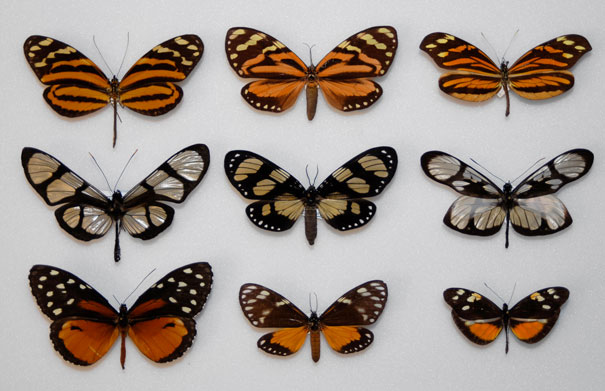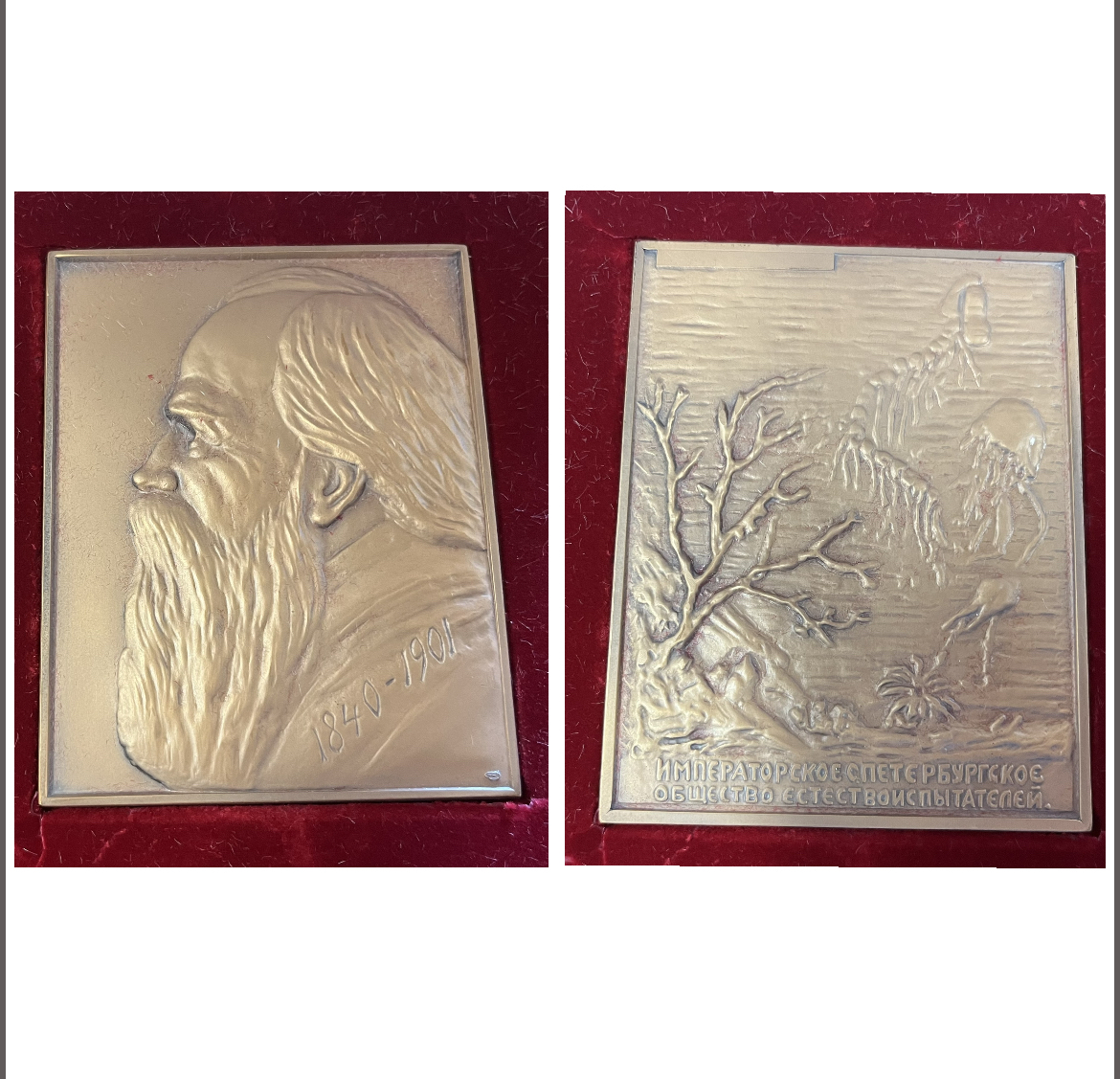Many crustaceans, including lobster, crabs, and barnacles, have a cape-like shell protruding from the head that can serve various roles, such as a little cave for storing eggs, or a protective shield to keep gills moist.
This shell (carapace), it’s been proposed, didn’t evolve from any similar structure in the crustacean ancestor, but appeared de novo (or out of the blue) through somewhat random co-option of the genes that also specify insect wings.
However, in a new study from the Marine Biological Laboratory (MBL), Research Associate Heather Bruce and Director Nipam Patel provide evidence for an alternate view: The carapace, along with other plate-like structures in arthropods (crustaceans, insects, arachnids, and myriapods) all evolved from a lateral leg lobe in a common ancestor.
This evidence buttresses their proposal for a new concept of how novel structures evolve – one which suggests that they aren’t so novel, after all. The study, on the carapace of the crustacean Daphnia, appears online in Current Biology.

Citation:
Heather S. Bruce and Nipam H. Patel (2022) The Daphnia carapace and other novel structures evolved via the cryptic persistence of serial homologs. Current Biology, DOI: 10.1016/j.cub.2022.06.073

